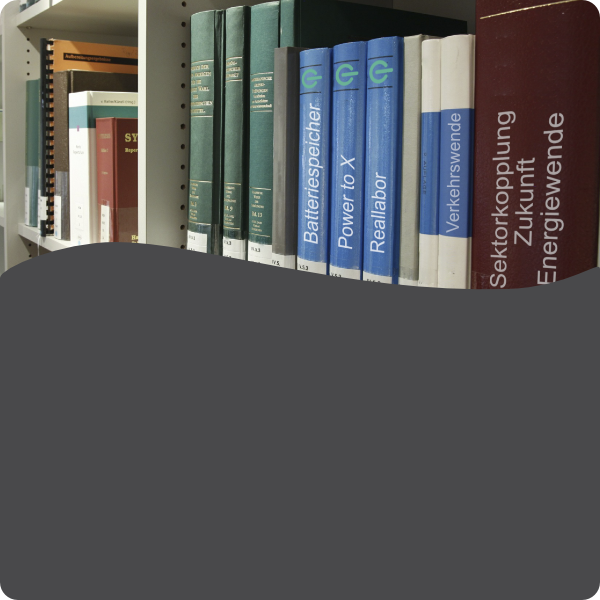Cyber Security
sprungmarken_marker_602
The success of the energy transition requires an unprecedented flexibility of system components and endpoints throughout the energy grid down to the distribution grid level. The coordination of this highly distributed system will likely be impractical without (cost-)efficient information and communication technology. This introduces often-cited security issues into the critical infrastructure. At the same time, more connectivity and more complex software and hardware provides a significant increase in attack surface and exposure. However, in practice and in academia, many effective defense mechanisms, attack detections and protection approaches already exist, but their correct and careful implementation is often considered as too costly. The cybersecurity research groups at the Energy Lab 2.0 are therefore developing and searching for particularly simple and efficient ways to implement more security for the energy systems of the future.
The Security Lab Energy, located in the SEnSSiCC building, serves as an experimental platform for cyber-attacks and defense strategies. The lab is used to recreate threats without the risk of real physical damage in a controller-in-the-loop scenario. To do this, the physical components (wind turbine, solar array, battery storage, variable voltage regulating transformer, and protection equipment) are simulated using real-time models. Only the control systems required for security studies are operated in the real world. After the damage potential is sufficiently understood, the goal is to emulate and successfully defend against cyberattacks within the other Energy Lab 2.0 facilities, too. In this way, defense measures are being researched in increasingly realistic environments and can serve as a role model for energy system operators.
KASTEL Security Lab Energy
The interconnection of intelligent power grids (Smart Grids, SG) makes them vulnerable and significantly increases the risk of cyber-attacks. Such vulnerabilities, threats, risks, and attacks can have serious consequences for the stability of the power grid. Therefore, for the future of the energy transition, it is crucial to understand these sources of danger, raise risk awareness, and design and develop effective countermeasures for the cyber-physical security of energy systems.
The KASTEL Security Lab Energy focuses on developing methods to ensure the security and resilience of connected modern SGs. To explore resilience and security requirements of future energy systems, the KASTEL Security Lab Energy is divided into three subsystems:
Subsystem 1: Distributed Power Generation with Photovoltaics, Wind & Battery
- Hardware-in-the-loop approach with simulated generators
- Remote control via IEC 60870-5-104 with IPsec
- Real-time models on OpalRT simulator
Subsystem 2: Digital Substation according to IEC 61850
- Heterogeneous structure with components from various manufacturers
- Enables interoperability research
- Complex multi-vendor setup with devices from SEL, ABB, Siemens, and GE
Subsystem 3: Software Defined Network Subsystem
- Connects Subsystems 1 and 2
- Enables research on network functions for improved reliability
- Additionally, a PLC setup is available for general automation components.
Through the implementation of interdisciplinary solutions, the security of energy systems is enhanced. These interdisciplinary solutions cover areas such as attack detection and defense, meeting the communication requirements of critical infrastructures. Topics explored include the analysis of energy component vulnerabilities, the protection of network protocols and communications, intrusion detection and prevention systems, as well as risk analysis and quantification concepts. The approaches developed are tested in collaboration with the Energy Lab at KIT, exploring security solution approaches for the power grid.
The lab enables the examination of interactions between transmission, distribution, and communication networks. This allows for the study of multi-subsystem attack impacts and emergent effects in the increasingly complex power grid, as well as the development and testing of practical security solutions for the power network.
For more information, see kastel-labs.de.





 315
315

